I love using Mentor Text for teaching in the content areas. I have a passion for project-based learning, so I frequently use fiction and nonfiction books throughout the project. By implementing mentor text, you can set the mood for introducing the unit, making meaningful connections to real life, developing critical thinking, and teaching important concepts.
I've joined my friends with the Reading Crew to share our favorite Winter Mentor Texts Ideas for the Content Areas. You can download amazing free lessons to add to your curriculum.
Owl Moon
Jane Yolen has a unique way of connecting this book to the beauty and appreciation of nature. In fact, the book Owl Moon is dedicated to her husband because he would take their three children owling. Jane is known for the poetic style of writing in Owl Moon. She paints the picture of the moon shining down on the trees as they "stood still as giant statues" in the snow.
On a cold winter night, a father takes his young daughter for an outing into the woods to see a magnificent great-horned owl. The story is filled with words describing the sights, feelings, and sounds of the evening.
Introducing the Book
- I recommend reading the book aloud to your class. Students can visualize the setting of the story, how cold it is at night, the quietness in the woods, and the excitement of going owling.
- As students listen to the story, they can write words and phrases that stand out in the story. For ex. shadow, quiet, owling, moon...
- Ask your class if they've gone on walks with a parent or friend. What do they see, where do they go? Do they notice sounds and how do they feel?
- In the text, the author repeats, “When you go owling you have to…be brave.” Explain why you have to be brave.
- Ask students to make predictions as they read the book. Thinking about the characters and their actions in the book fosters critical thinking.
Book Activities
- Descriptive Words and Phrases - It's fun to compare words and phrases after listening to the book. This is a fun example of teaching critical thinking.
- Vocabulary - Students can locate the words in the story and write their own definitions of the words.
- Comprehension Questions - Thoughtful questions are provided for students after reading the story.
Learning More About Owls...
- Great Horned Owl Reading Passage - I've included 2 pages so students can learn more about the great horned owl. Students can learn about their description, habitat, diet, and young.
- Graphic Organizer - Students can complete the graphic organizer about the great horned owl.
- Label the Parts of the Owl - The parts are listed at the bottom of the worksheet.
More Owl Resources:
Download Your FREE Owl Moon Activities.


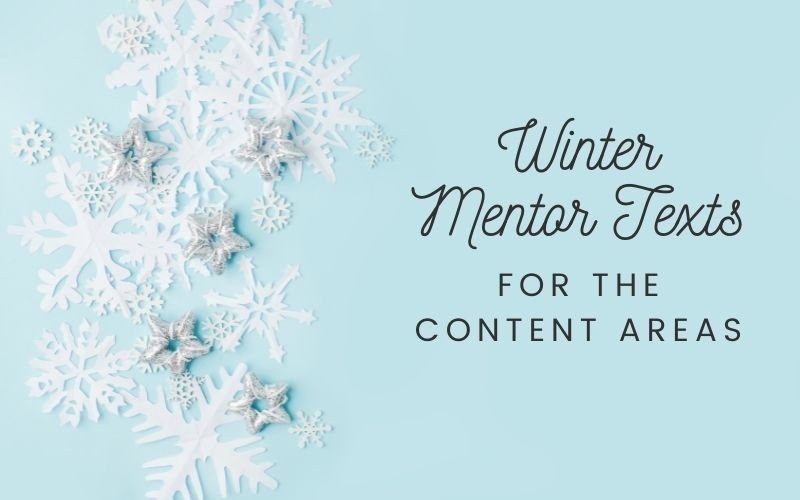



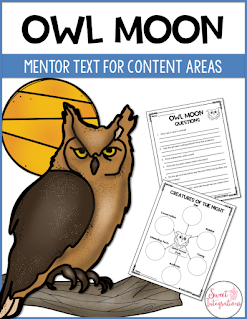
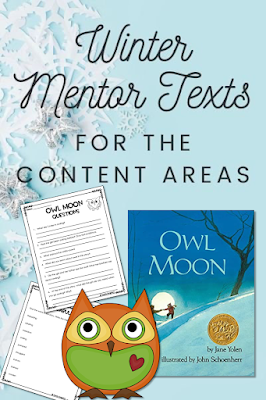


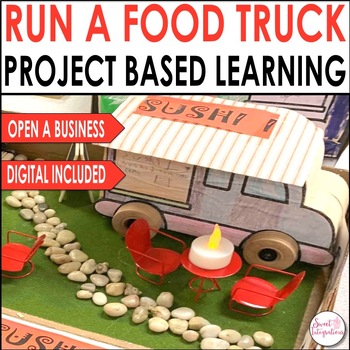

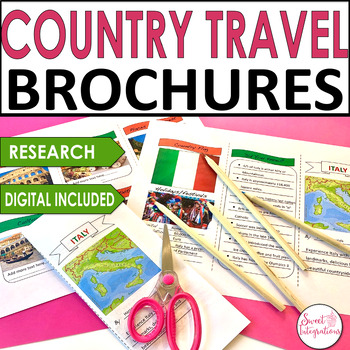
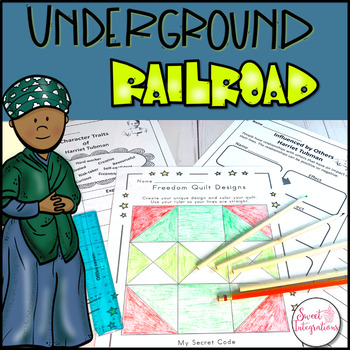
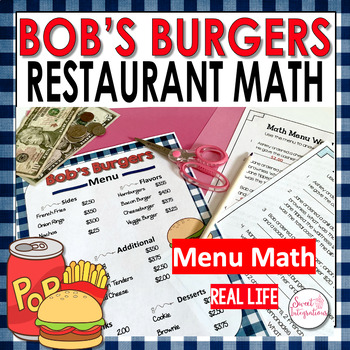
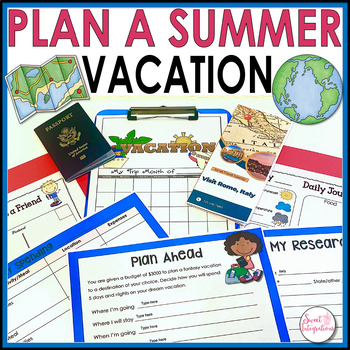
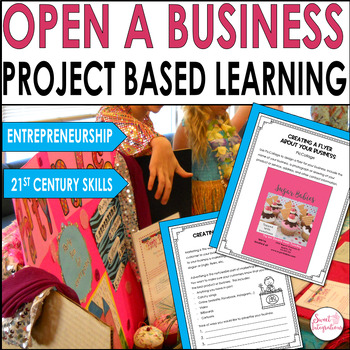
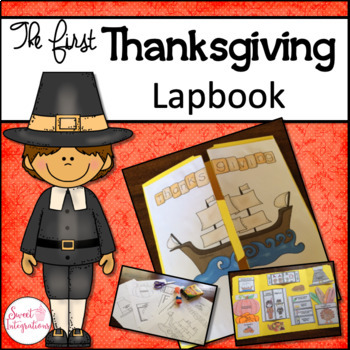

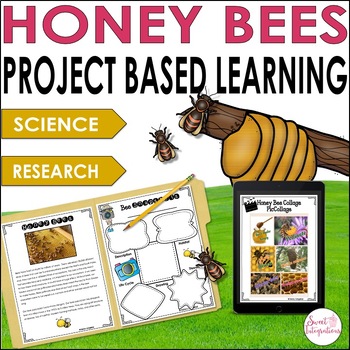



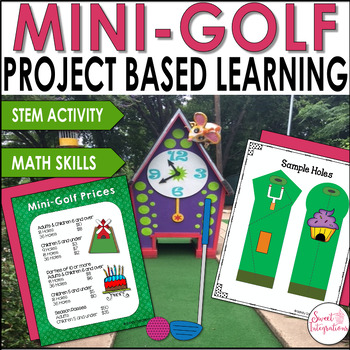
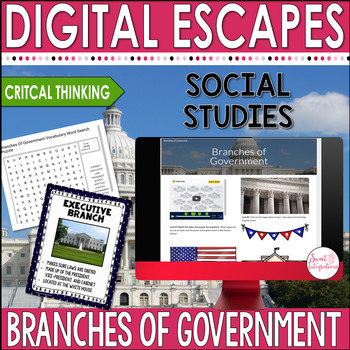

Thank you for the great ideas for how to use Owl Moon in the classroom. It is also a great book for teaching figurative language.
ReplyDeleteI love Jane Yolan’s books! Such great use of descriptive language.
ReplyDeleteOwl Moon is one of my favorite books! Thank you for the resource!
ReplyDeleteI adore Jane Yolen's books! Owl Moon is a particular favorite. Thanks for creating & sharing the resource.
ReplyDeleteThank you! I do too.
DeleteLove Owl Moon, such great language usage!
ReplyDeleteThank you for all your work! Love the book and the kids will love the activity.
ReplyDeleteOwl Moon is one of my all-time favorite winter books to share with my students! Thank you for the new ideas to use with it!
ReplyDelete~Jennifer
Love this!
ReplyDeleteThank you so much! You are appreciated! :-)
ReplyDeleteI always love to read your ideas. Thanks!
ReplyDeleteThank you for the chance!
ReplyDeleteThank you for the resource!
ReplyDeletegood book
ReplyDeleteI look forward to using this resource with my scholars!
ReplyDeleteThank you! Such great ideas!
ReplyDeleteThanks for sharing your great ideas!
ReplyDeleteLove the book ideas!
ReplyDeleteLove Owl Moon! My students are learning figurative language and so much more!
ReplyDeleteI love Owl Moon. Thank you for sharing your ideas.
ReplyDelete